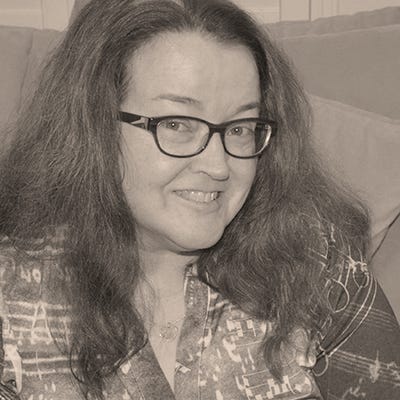Grocery-store dietitians may help hypertensive patients improve their eating habits
Participants in small study say RDs provide detailed advice, support as they learned about DASH diet.

Hypertensive patients who receive nutrition education from registered dietitians at their grocery store are likely to change their eating habits for the better, according to a small study just published in the Journal of Nutrition Education and Behavior.
The dietitians offered to the study participants information about the DASH (Dietary Approaches to Stop Hypertension) diet and how to modify their lifestyles.
“We did show several significant changes in dietary intake patterns that are related to hypertension,” said lead author Rosanna Watowicz on a podcast released with the study’s publication.
Participants significantly increased their consumption of whole grains and fatty acids, and decreased the amount of sodium, saturated fat and total fat, refined grains and empty calories they ate, the study found. They also ate more fruit and dark green vegetables, fewer white potatoes and less dairy, but these results were not statistically significant.
Their systolic blood pressure decreased an average of 3.6 points, but the change is not statistically significant because of the study’s small size, according to Watowicz, an assistant professor in the department of nutrition at Case Western University in Cleveland, Ohio.
Watowicz conducted the study, Nutrition Counseling for Hypertension Within a Grocery Store: An Example of the Patient-Centered Medical Neighborhood Model, for her dissertation at Ohio State University. She earned her doctorate in health and rehabilitation services there.
Although more than 60 million adults in the United States have been diagnosed with hypertension, physicians rarely provide dietary advice to those patients.
“Primary care providers face multiple barriers when delivering nutrition information to patients, including lack of training on how to provide lifestyle behavior counseling combined with lack of time to interact with the patient,” Watowicz said in a prepared statement. Those barriers include not having adequate nutrition training or time for counseling, she wrote in her dissertation.
“This study’s aim was to evaluate the effectiveness of a nutrition counseling program provided by a registered dietitian in the familiar setting of a grocery store,” she said in the prepared statement.
Of the 30 people enrolled in the study, 19 completed the program, which involved three appointments with a registered dietitian over 12 weeks and follow-up appointments with their doctors. All participants were between 18 and 60 years old, inclusive; had been diagnosed with hypertension; and were not taking insulin.
In her dissertation, Watowicz discussed the idea of the patient-centered medical neighborhood, in which patients use community resources for services not available at their physicians’ offices. Common examples of resources in a medical neighborhood would be pharmacies, emergency rooms and fitness centers.
The participants reported that, initially, it was odd to go to the grocery store for health care, but that the professional setting of the dieticians’ office made them comfortable. They also said they were more concerned about the distance from their homes or workplaces than the setting itself, the dissertation said.
Another benefit of meeting the dietitian at the grocery store was the opportunity for hands-on lessons in the aisles, Watowicz pointed out in the podcast.
Participants also appreciated the detailed information, the support and the lack of judgment from the dietitians, she wrote in her dissertation.
Key to creating this medical neighborhood is communication between the specialist or community practitioner and the primary care physician.
For the study, the dietitians used an electronic charting portal to send reports to the participants’ primary care doctors. Watowicz reported in her dissertation a few problems with those reports being received or included in the patients’ files, and noted that the dieticians would have preferred to have two-way communication with the doctors.
About the Author
You May Also Like




